Knysna 250 Years of History - Steve Collinson

A timeline of historical events and interesting information from 1770 to 2020
This book offers a quick, easy introduction to the modern history of Knysna.
Designed as a kind of Book of Days, it tells the story of the town through the individual tales of its people, places, businesses and organisations on a year-by-year basis.
Although the Southern Cape has been inhabited for hundreds of thousands of years - as historian Christopher Blyth notes in his introduction, and as we know from articles on this site (Earlier Stone Age archaeology in Knysna; Knysna’s fossil hominin footprints; and Pre-colonial people of the Knysna forests; etc.) - the author of the current work, Steve Collinson, chooses as his starting point the date on which administrators of the Cape of Good Hope registered the first, one-year loan permit for a farm on the banks of the Knysna River.
Melkhoutkraal (which George Rex, the so-called ‘founder of Knysna’ would acquire in 1804) was leased to the son of a family from Little Brak River, Stephanus Jesias Terblanche (or Terblans), on 14 September, 1770.
Thereafter, the areas we know so well today were doled out in quick succession: Buffelsvarmaak (now Goukamma) to Stephanus’ brother, Pieter Terblanche, in 1774, Uitzigt (now Belvidere) in 1775 to Hendrik Barnard, Ruigtevlei in the same year to Andries Gous, and so on, and so on.
The book takes us through all the familiar incidents in Knysna’s history - the arrival of Rex, the first attempts at shipping through The Heads, the mapping of the Knysna lagoon, the development of the villages of Newhaven and Melville (which would later combine to form the town of Knysna), the establishment of the major timber business that were the backbone of the economy during most of the Twentieth Century, the first democratic municipal election in 1995, the Knysna Fires of 2017, etc., etc.
Brenton blue butterfly and a chainsaw world record
But hidden in its 218 pages you’ll also find gems about so many less grand - but no less interesting - events: the story of the Brenton blue butterfly (or Knysna blue butterfly) for example.
Although it was first recorded in 1858 by Roman Trimen, curator of the South African Museum in Cape Town, it wasn’t seen again until lepidopterist Jonathan Ball recorded it in Nature’s Valley in 1977.
But then it disappeared again: thanks to habitat loss it hasn’t been seen in that part of the world since 1984.
Fortunately, though, Ball did find a specimen (a male) in Knysna in 1989 - and Ernest Pringle discovered a colony of them in Brenton-on-Sea in 1991. Pringle’s discovery led to the establishment of the Brenton Blue Butterfly Reserve on 1 May, 1998, thanks to his hard work, and to that of Dave Edge, John Plumstead, and others. (And for anyone worried that the species might have been wiped out by the fires of June 2017 - which devastated the vegetation of the Reserve - a few specimens were observed in November of that year.)
At the opposite end of the spectrum, we learn, as another example, of the successful attempt on the log-sawing world record during the annual Knysna Timber Festival at Timber Village in Welbedacht Lane, when, on the 14th of March, 2020, forty eight chainsaw operators started their machines simultaneously to cut through 200 mm logs.
Bibliography and references
Knysna 250 Years of History is richly illustrated throughout with historic and contemporary images, and concludes with a glossary, extensive bibliographies of local and South African history, extensive lists of references, a list of fiction (books and movies) set in Knysna, and a very comprehensive index that cross-references each year, and every entry from adventure racing to Zuur Vlakte.
Stockists
Knysna 250 Years of History is available from:
- The German Shop (on Waterfront Drive),
- Knysna Book Exchange (Pledge Square),
- Déjà vu Antiques (corner Queen Street & Pitt Street),
- Ocean Odyssey (Thesen Harbour Town),
- Red Bridge Brewery (Noble Street),
- 34 South (The Waterfront)
- Knysna Tourism Office (40 Main Road)
- Or contact author, Steve Collinson, on 076 712 3165 or [email protected]


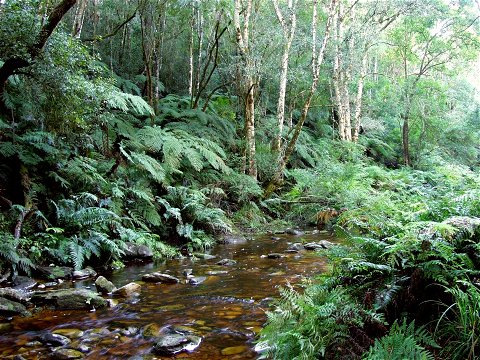


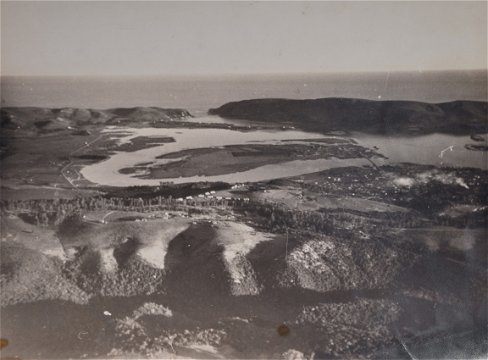
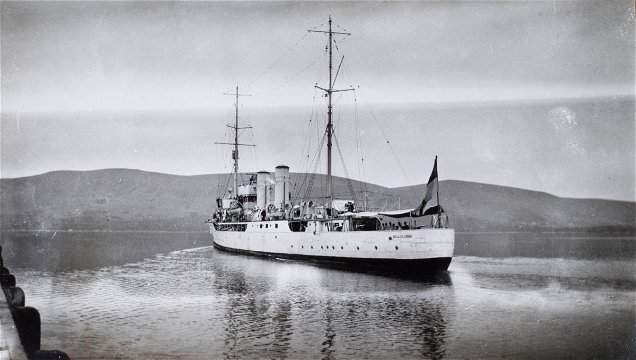
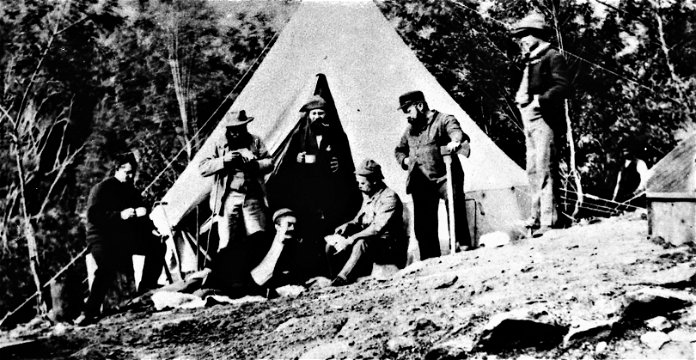

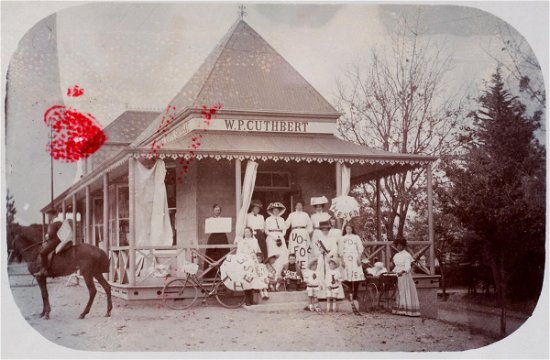
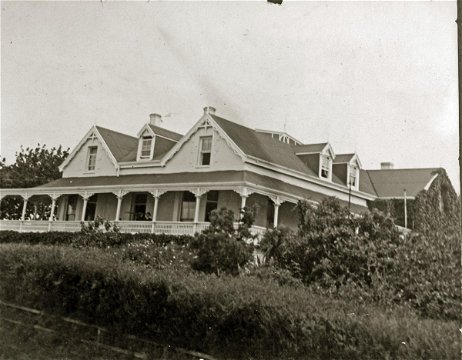
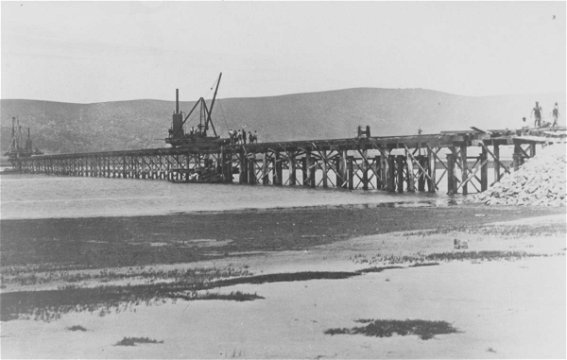

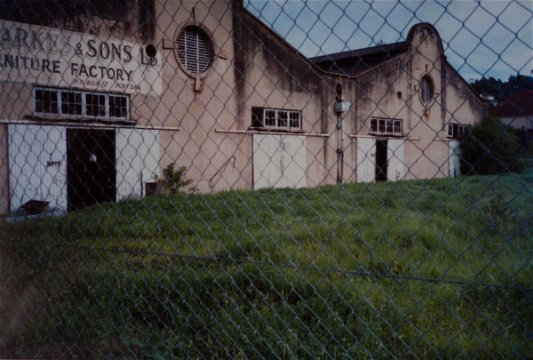
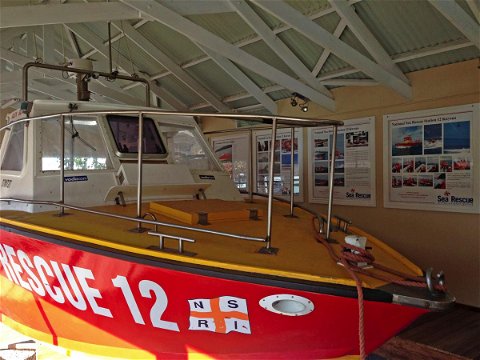
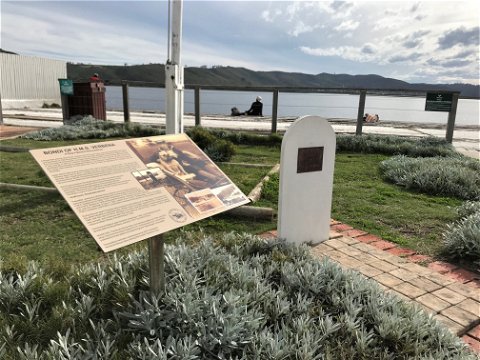

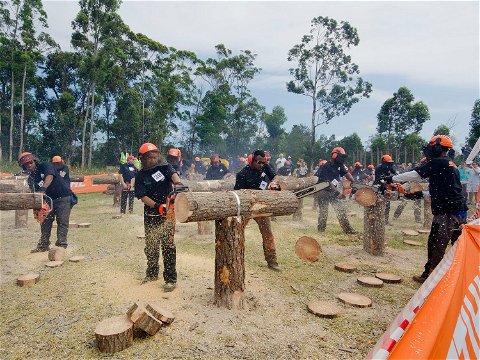

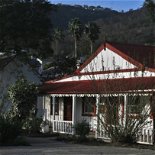


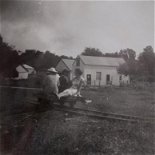


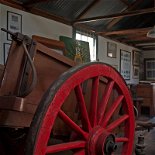
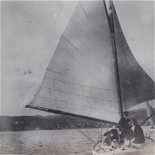


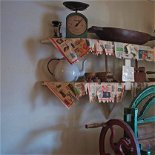
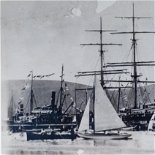
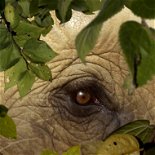
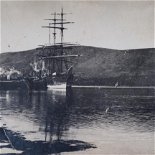


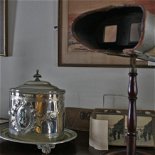
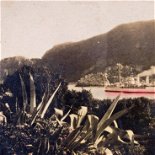
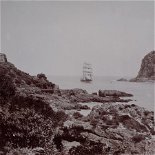
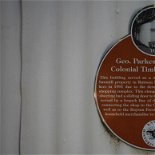
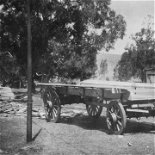
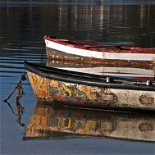

Share This Page